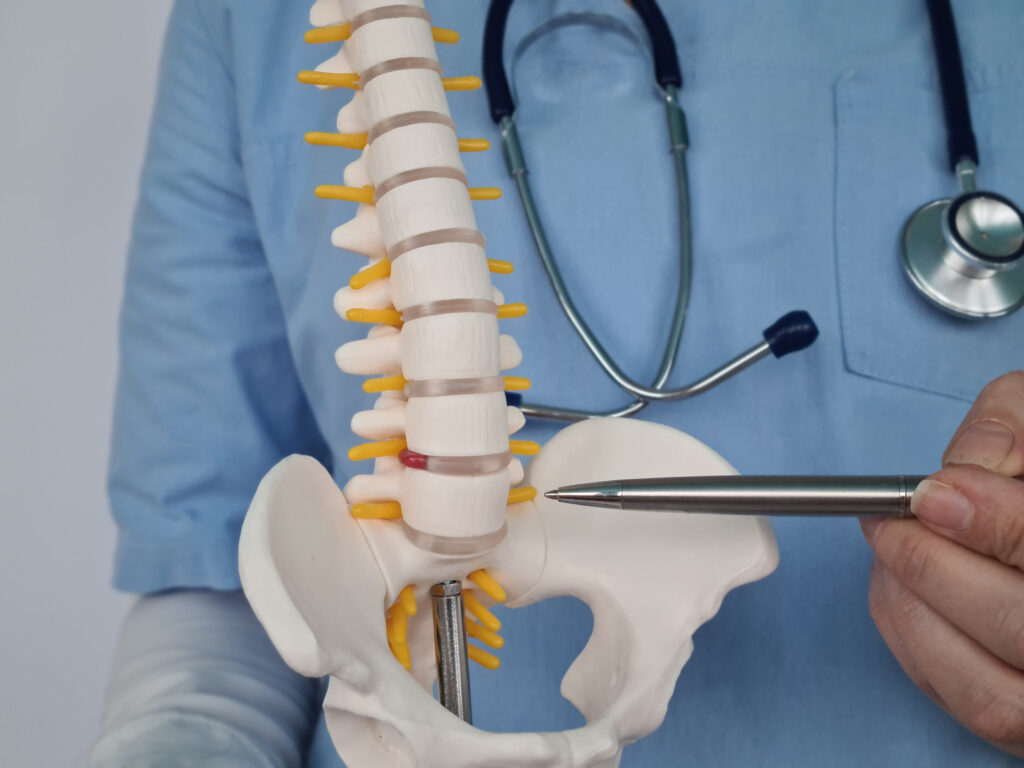Intervertebral disc degeneration (IVDD) is a prevalent condition that significantly impacts quality of life, often resulting in chronic pain and disability. As the population ages, the need for effective treatments for IVDD becomes increasingly critical. A recent study published in a scientific journal offers promising insights into a novel therapeutic strategy for IVDD, focusing on the use of bioactive glasses (BGs) and mesenchymal stem cells (MSCs).
The authors of this study, Chong Bian, Guangnan Chen, Xiangyang Cheng, Huijie Gu, Zhongyue Huang, and Kaifeng Zhou, all affiliated with the Department of Orthopedic Surgery at Minhang Hospital, Fudan University in Shanghai, China, explored the application of carboxymethyl cellulose hydrogels functionalized with manganese bioactive glass nanoparticles (CMnBGNPs) to treat IVDD.
IVDD is primarily caused by the degeneration of the nucleus pulposus (NP) tissue, often exacerbated by mechanical stress. The study highlights how manganese (Mn), a therapeutic ion found in bioactive glasses, can activate human osteoblast integrins, promoting cell proliferation and spreading. This property makes MnBGs an exciting candidate for enhancing the regenerative capacity of NP-derived MSCs when combined into a hydrogel matrix.
To evaluate the stability and biocompatibility of CMnBGNPs-NPMSCs, the researchers conducted thorough rheological characterizations, measuring gelation time and swelling ratios. Additionally, they performed gene expression analysis using quantitative reverse transcription polymerase chain reaction (qRT-PCR) to assess the characteristics of the hydrogel, focusing on key genes such as PAX1, FOXF1, CA12, HBB, and OVOS2.
The in vivo efficacy of the CMnBGNPs-NPMSCs was tested using rat models with induced IVDD. The hydrogel-MSC composite was injected into the intervertebral discs of these models. The therapeutic outcomes were then meticulously assessed through histological examinations, immunohistochemical staining for inflammation and disc regeneration markers, and measurements of disc height.
The results from this study revealed promising therapeutic effects of CMnBGNPs-NPMSCs in treating IVDD. The combination of bioactive glasses with MSCs showed potential in regenerating the damaged disc tissue and reducing inflammation, leading to improved disc height and overall spinal health.
In conclusion, the innovative approach presented by Bian et al. offers a novel strategy to combat degenerative disc diseases, emphasizing the potential of bioactive materials and stem cell therapy in orthopedic medicine. This research could pave the way for future clinical applications, bringing hope to many suffering from the debilitating effects of IVDD.


